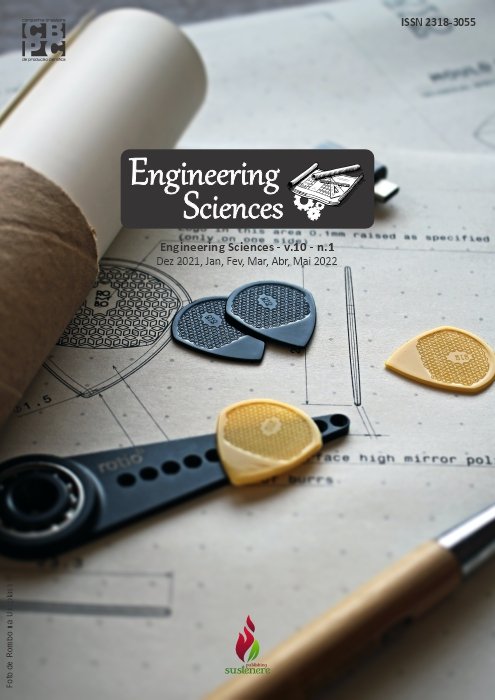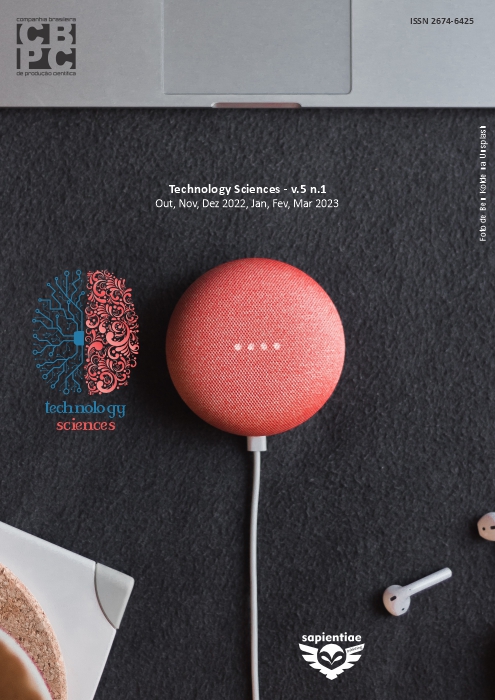Use of RCD in concrete for application in floor: a bibliographic review
DOI:
https://doi.org/10.6008/CBPC2318-3055.2022.001.0004Keywords:
Paving, RCD, Sustainability, EnvironmentAbstract
Construction and demolition waste, known as RCD, comes from civil construction, generated in large quantities not only in large urban centers, but also in small centers. These residues have been causing great environmental impacts over the years with incorrect disposal, a sustainable alternative to this problem is the reuse of these residues in the civil construction itself, using it as raw material in paving works in the base and sub-layer layers. base. In this way, this research aims to make a bibliographic review, in accordance with the current scenario, of the work carried out using construction and demolition waste with application in pavement. For this, preference was given to works carried out through tests using the replacement and dosage of RCD in the following percentages: 3%, 4%, 5%, 6%, 7%, 15%, 30%, 45%, 60% and 70% with material collected, separated and analyzed in different cities in Brazil, as well as a soil collected in Portugal in order to obtain a broad analysis with different characteristics. Based on the research presented, it is concluded that this use presents the necessary resistance to be applied to the pavement layers.
Downloads
Downloads
Published
Issue
Section
License
Copyright (c) 2023 Engineering Sciences

This work is licensed under a Creative Commons Attribution-NonCommercial-NoDerivatives 4.0 International License.
The CBPC - Companhia Brasileira de Produção Científica (Brazil CNPJ: 11.221.422/0001-03) the material rights of the published works. The rights relate to the publication of the work anywhere in the world, including rights to renewals, expansions and dissemination of the contribution, as well as other subsidiary rights. All electronically published works may subsequently be published in printed collections under the coordination of this company and / or its partners. The authors preserve the copyright, but are not allowed to publish the contribution in another medium, printed or digital, in Portuguese or in translation.








